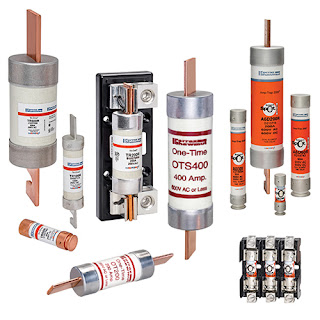Laser Sintering System Produces Dental Implants
EOS's EOSINT M 270 laser-sintering system can manufacture dental implants by direct metal laser sintering (DMLS) using a focused solid-state laser. The Millenium Research Group estimates that the European market for crowns and bridges will grow annually by an average rate of eight per cent until 2012. Technological advancements in the field of dental care are contributing to this by employing production methods such as laser sintering to provide dental restorations, which are more affordable, more readily available and of high quality.
Until now, dental implants have traditionally been made out of metal via a casting process. This process enabled a technician to produce 20 dental frames per day. One automated laser-sintering machine can produce up to 450 parts for dental crowns and bridges within 24 hours, and all of the finished parts will be of the same quality. The tasks of deflasking and cleaning moulds are dispensed with, thus allowing the dental technician to concentrate on a core competence, namely the post-processing of the metal structure and its aesthetic upgrade: ceramic veneering. EOS's EOSINT M 270 laser-sintering system can be used to manufacture dental implants.
The machine uses CAD data to produce, from metal powder and in only a few hours, complex geometries that exhibit excellent mechanical properties, surface quality and detail resolution. The CE-certified EOS Cobaltchrome SP2 alloy was developed by EOS especially for the dental industry for use in the EOSINT M 270. EOS demonstrated the entire process chain at the 33rd International Dental Show (IDS) from 24-28 March 2009 in Cologne. All the steps involved in laser sintering crowns and bridges were shown, from the initial scanner to the creation of the 3D CAD data and the laser-sintering machine, and ending with the finished veneered product.
The further development of dental CAD/CAM applications with new impression and intra-oral scanners will make it possible to send high-quality data directly to the processing centre. The only thing missing would be a dental model for occlusion testing and post-processing, or a workpiece holder for use during veneering. Such a model can be laser sintered on a Formiga P 100 from PA 2200, a quality plastic, on the basis of already available data. Laser sintering provides a complete solution for the manufacture of dental implants.
Until now, dental implants have traditionally been made out of metal via a casting process. This process enabled a technician to produce 20 dental frames per day. One automated laser-sintering machine can produce up to 450 parts for dental crowns and bridges within 24 hours, and all of the finished parts will be of the same quality. The tasks of deflasking and cleaning moulds are dispensed with, thus allowing the dental technician to concentrate on a core competence, namely the post-processing of the metal structure and its aesthetic upgrade: ceramic veneering. EOS's EOSINT M 270 laser-sintering system can be used to manufacture dental implants.
The machine uses CAD data to produce, from metal powder and in only a few hours, complex geometries that exhibit excellent mechanical properties, surface quality and detail resolution. The CE-certified EOS Cobaltchrome SP2 alloy was developed by EOS especially for the dental industry for use in the EOSINT M 270. EOS demonstrated the entire process chain at the 33rd International Dental Show (IDS) from 24-28 March 2009 in Cologne. All the steps involved in laser sintering crowns and bridges were shown, from the initial scanner to the creation of the 3D CAD data and the laser-sintering machine, and ending with the finished veneered product.
The further development of dental CAD/CAM applications with new impression and intra-oral scanners will make it possible to send high-quality data directly to the processing centre. The only thing missing would be a dental model for occlusion testing and post-processing, or a workpiece holder for use during veneering. Such a model can be laser sintered on a Formiga P 100 from PA 2200, a quality plastic, on the basis of already available data. Laser sintering provides a complete solution for the manufacture of dental implants.


Comments